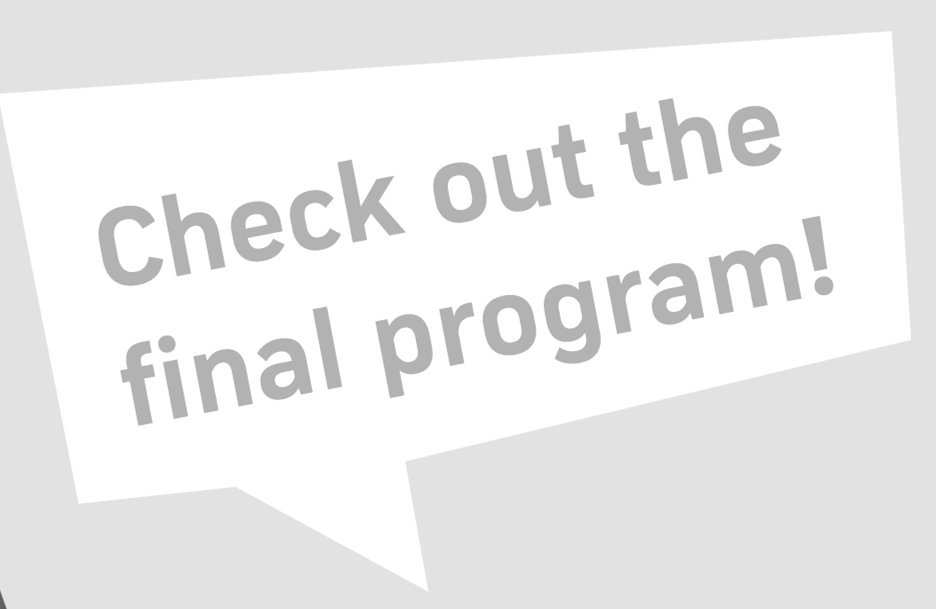Jobin Thomas
Universidad De Castilla –La Mancha, Spain
Title: Oral administration of heat-inactivated Mycobacterium bovis reduces the lesion score after challenge with a field strain in red deer
Biography
Biography: Jobin Thomas
Abstract
Statement of the problem: Deer species (family Cervidae) can act as maintenance host for the Mycobacterium tuberculosis complex. Tuberculosis (TB) control in deer, including vaccination, is consequently an area of ongoing research. However, most of the study in deer TB vaccination is focused on using the live bacillus Calmette Guerin (BCG). Oral inactivated vaccines represent an interesting alternative to either oral or parenteral BCG, since neither diagnostic cross-reactions nor vaccine strain survival are likely to occur. The present study documents the response of red deer to heat-inactivated M. bovis (IV) followed by challenge with virulent M. bovis.
Methodology: We conducted an experiment in six month-old red deer in which three groups of five red deer each were vaccinated with oral IV, oral BCG or were left unvaccinated as controls, respectively. All groups were challenged with a virulent M. bovis strain after 70 days and necropsied at 60 days post-challenge. The results of post mortem TB lesions and M. bovis culture scores were documented and serum antibody levels, IFN-γ response, complement component C3 and serum interleukin levels (IL-1β/IL-10/IL-12/TNFα) at different time points of the study were estimated. These parameters were statistically compared between different groups
Results: A reduction in the infection burden was recorded in the IV group. There were significant differences with the control group (53% of lesion reduction). C3 plasma levels increased after challenge, and there were no differences between the groups. The plasma cytokines (IL-1β, TNFα, IFNγ, IL-10, IL-12) levels did not change after vaccination, but IL-1β, TNFα and IL-10 did so following the challenge. The IL-12 and IFNγ levels remained constant throughout the experiment. The IL-1β level increased in all groups, while TNFα and IL-10 levels had a distinct response pattern in the IV group and the control group, respectively.
Conclusion &Significance: The results showed that oral vaccination with IV reduces the TB lesion score in red deer challenged with a M. bovis field strain without interfering with the in vivo diagnosis of infection. The cytokines and C3 may contribute to this immune response against mycobacteria, using the IFNγ/IL-10 ratio as an indicator to define disease severity. However, further studies are needed to elucidate the exact mechanisms involved in protection against and immunity to TB in red deer.

